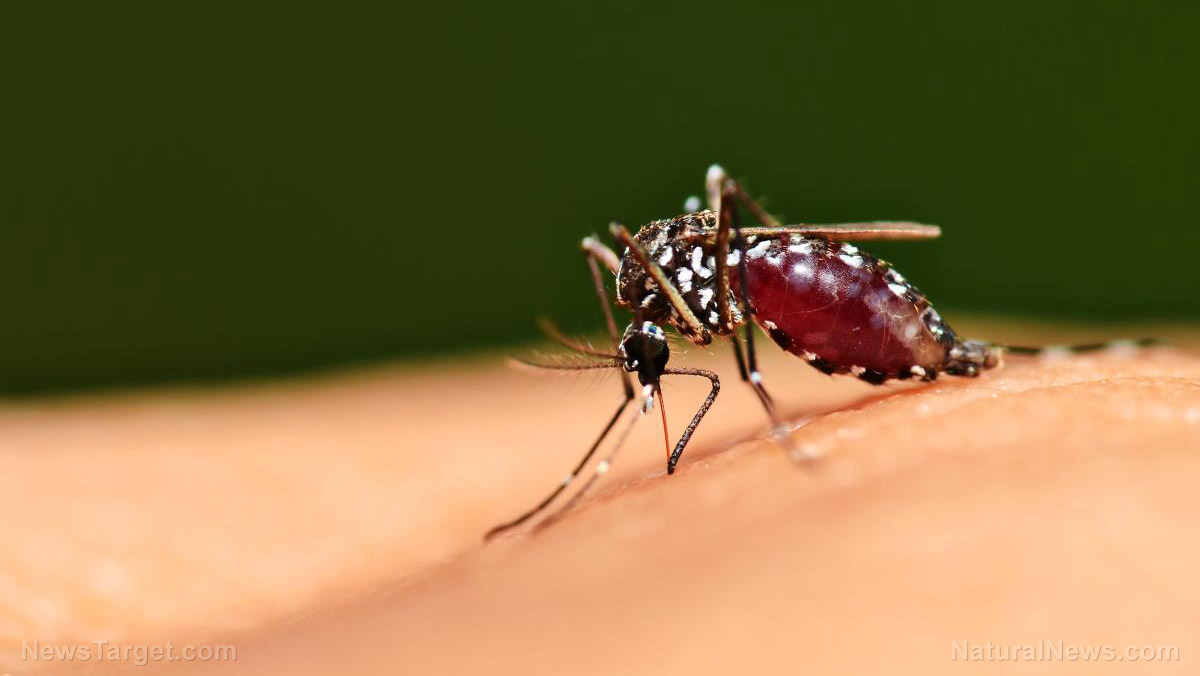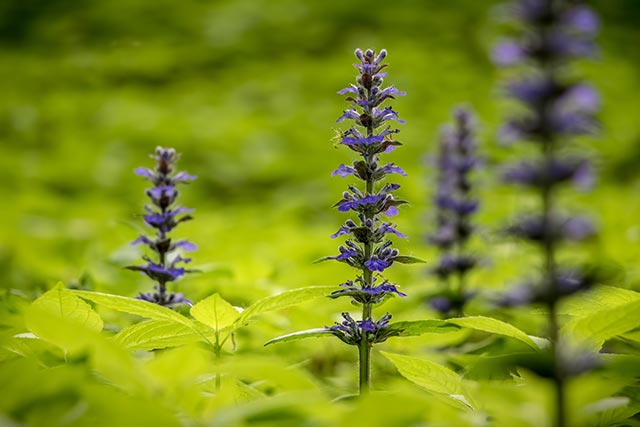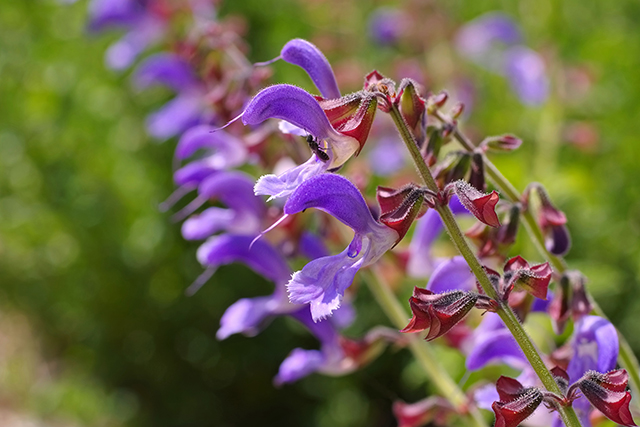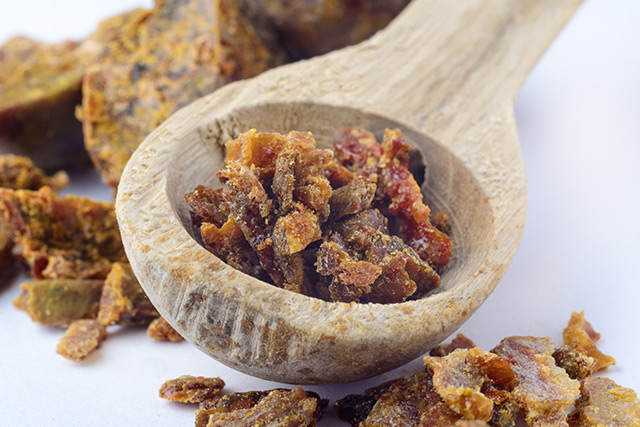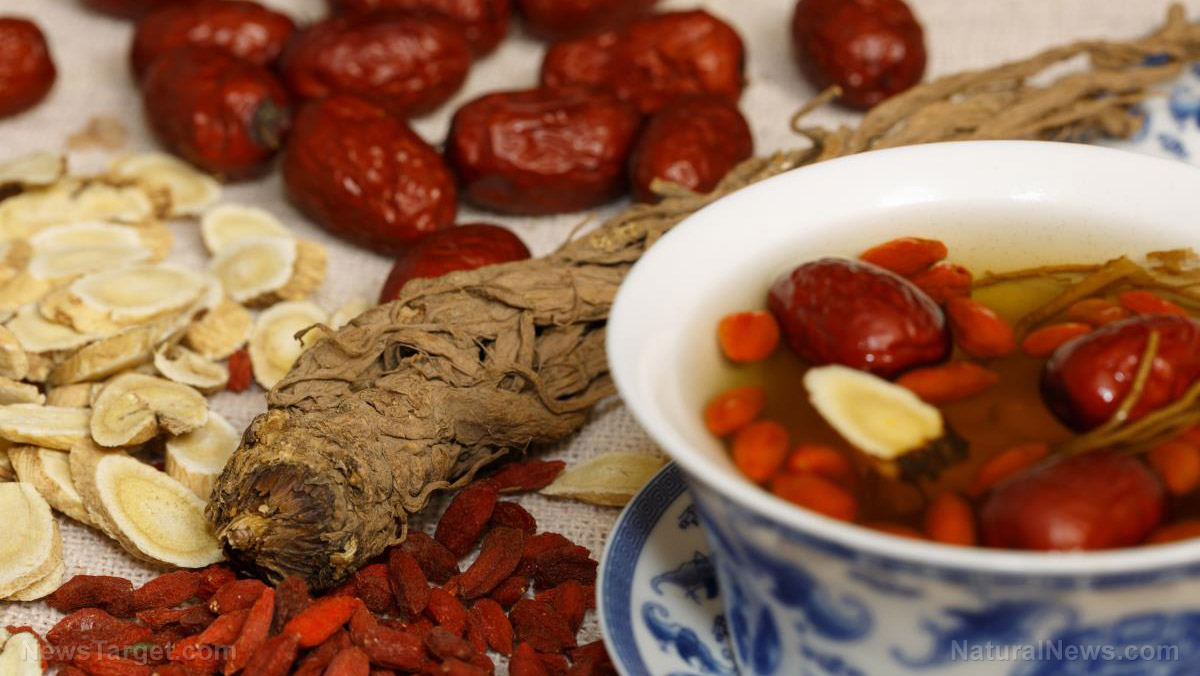Investigating the activity of draconis sanguis (Dragon’s Blood) against Candida albicans
07/02/2020 / By Evangelyn Rodriguez
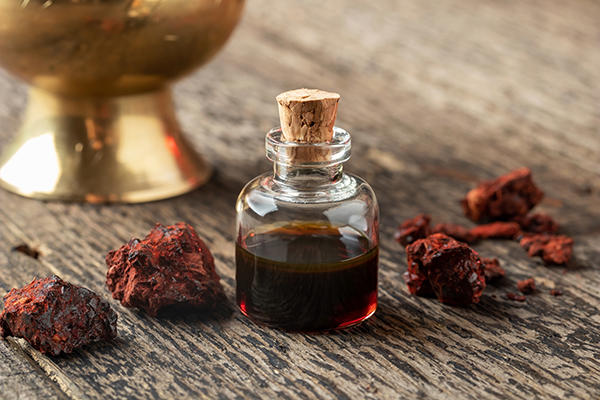
In this study, Chinese researchers investigated the activity of loureirin A against biofilms formed by Candida albicans. Their findings were published in the Chinese Journal of Natural Medicines.
- Loureirin A is the major active component of draconis sanguis (dragon’s blood), a resin obtained from Dracaena plants that are used in traditional Chinese medicine (TCM).
- To explore its anti-biofilm properties, the researchers used XTT reduction assay and scanning electron microscopy.
- They evaluated the compound’s fungicidal activity by determining its minimal inhibitory concentration and creating a time-kill curve.
- The researchers also used cell surface hydrophobicity (CSH) assay and hyphal formation experiments to determine fungal adhesion and morphological transition — two virulence traits of C. albicans.
- Additionally, they employed real-time RT-PCR to determine the expression of relevant genes and used two infection models — Galleria mellonella-C. albicans and Caenorhabditis elegans-C. albicans — to evaluate the anti-fungal effect of loureirin A in vivo.
- Lastly, they tested its toxicity on human umbilical vein endothelial cells and C. elegans nematodes.
- The researchers found that loureirin A significantly inhibited the formation of C. albicans biofilms.
- It also decreased CSH, suppressed hyphal formation and down-regulated the expression of adhesion-related and hypha/biofilm-related genes.
- Moreover, loureirin A exhibited low toxicity and prolonged the survival of C. albicans-infected G. mellonella and C. elegans.
Based on these findings, the researchers concluded that loureirin A from dragon’s blood inhibits fungal biofilm formation, thanks to its ability to suppress the pathogenic traits of fungi.
Journal Reference:
Lin MY, Yuan ZL, Hu DD, Hu GH, Zhang RL, Zhong H, Yan L, Jiang YY, Su J, Wang Y. EFFECT OF LOUREIRIN A AGAINST CANDIDA ALBICANS BIOFILMS. Chinese Journal of Natural Medicines. August 2019;17(8):616–623. DOI: 10.1016/s1875-5364(19)30064-0
Tagged Under: alternative medicine, Antifungal, candida albicans, Chinese medicine, dragon's blood, fungal infections, herbal medicine, natural cures, natural medicine, phytonutrients, plant medicine, prevention, remedies, research
RECENT NEWS & ARTICLES
COPYRIGHT © 2017 CURES NEWS

